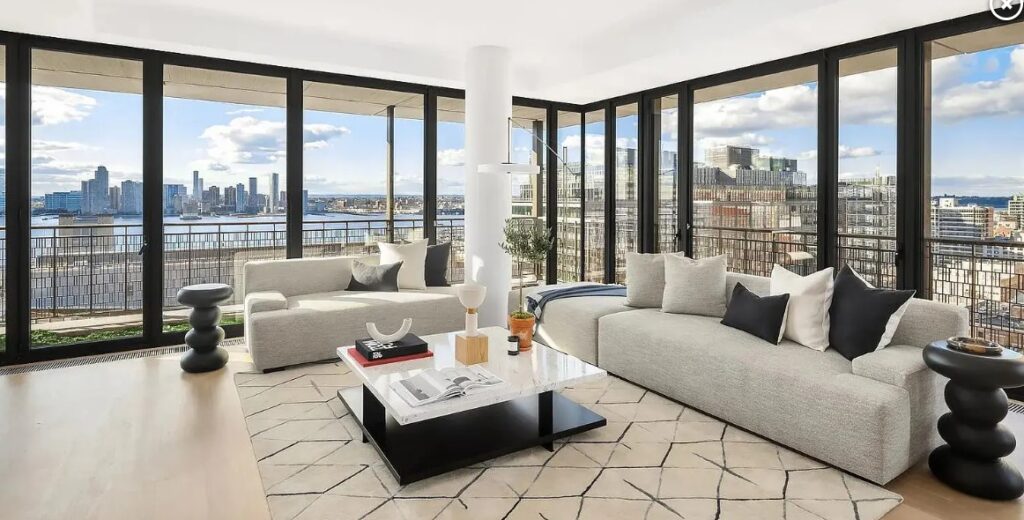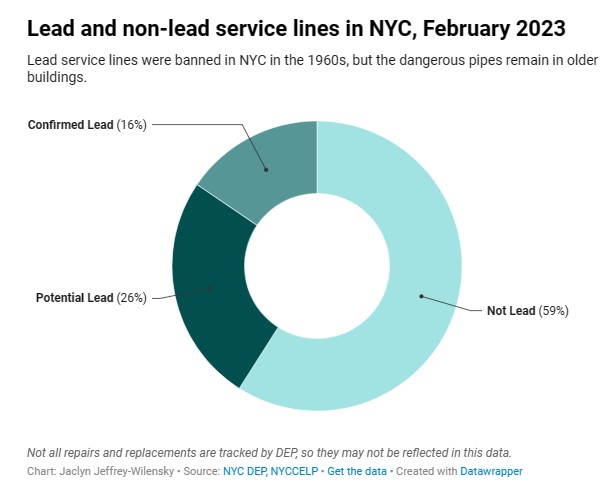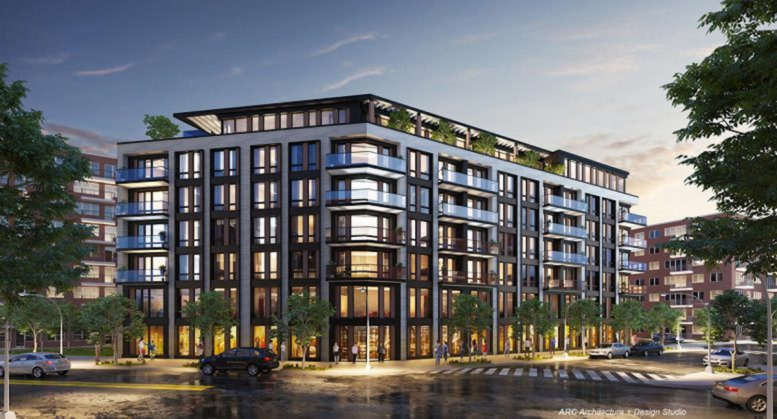Lawsuits filed by Airbnb and 3 hosts over NYC’s short-term rental rules dismissed by judge
From the Associated Press:
NEW YORK (AP) — A New York judge on Tuesday dismissed lawsuits filed by Airbnb and three hosts over New York City’s rules for short-term rentals, saying the restrictions are “entirely rational.”
In a 14-page ruling, Supreme Court Judge Arlene P. Bluth said having to comply with a registration system does not present an “overly onerous obligation” to the company and hosts. Such a system, she said, will help identify many illegal short-term rentals before they’re listed on the Airbnb platform.
“To be sure, these rules will likely not be perfect,” she added. “But it addresses a problem raised by OSE (New York City Mayor’s Office of Special Enforcement) and avoids a key obstacle — enforcing the ban on illegal short-term rentals.”
A city official cited thousands of illegal short-term rentals when defending the new rules in court, noting 43,000 on just Airbnb in 2018. The city received nearly 12,000 complaints regarding illegal short-term rentals from 2017 to 2021.
New York’s 2022 ordinance requires owners to register with the mayor’s office, disclose who else lives in the property, and promise to comply with zoning, construction and maintenance ordinances.
San Francisco-based Airbnb has called the restrictions “extreme and oppressive” and a de facto ban against short-term rentals that left the company no choice but to sue.
“Taken together, these features of the registration scheme appear intended to drive the short-term rental trade out of New York City once and for all,” Airbnb said in June. The company said the mayor’s Office of Special Enforcement “failed to consider reasonable alternatives.”
Asked to respond to the court’s decision, Theo Yedinsky, global policy director for Airbnb, on Tuesday evening said the city’s rules are “a blow to its tourism economy and the thousands of New Yorkers and small businesses in the outer boroughs who rely on home sharing and tourism dollars to help make ends meet.”




